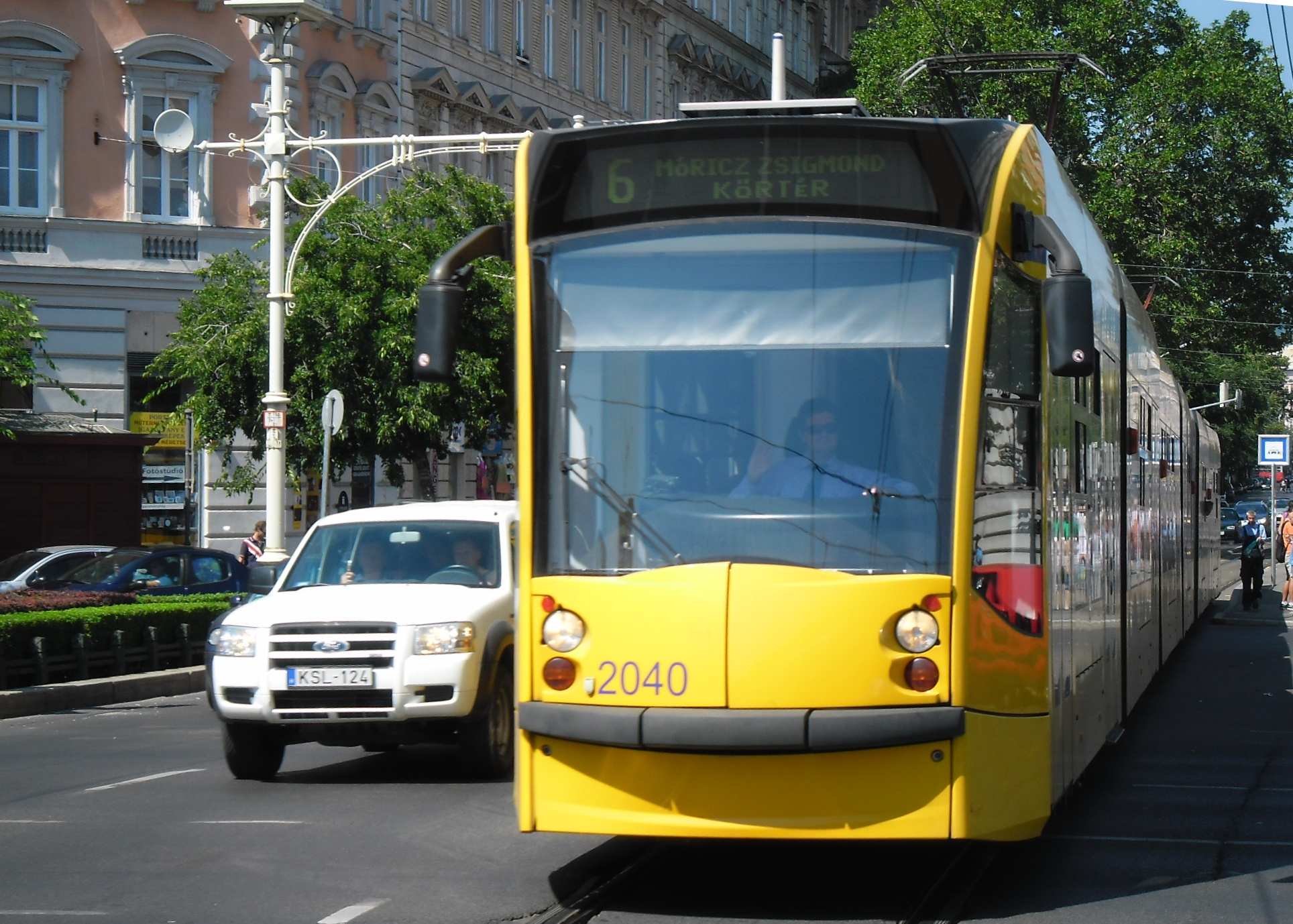They operate five different public vehicles synchronized with each other. These are buses, trams, metro, HÉV (suburban railways) and trolley buses. Besides the usual means of public transportation, BKV operates a rock railway line and a funicular as well, which have touristic purposes mainly.
2/2
Major lines
M1 = Metro 1 (yellow, Millennium Underground Railway)
This line is the oldest one in Budapest, and with its grand opening of 1896 it is the second oldest in Europe. Beside it is an important part of public transportation, it is also a UNESCO World Heritage Site. It starts in the middle of the city and it goes all along under Andrássy Avenue. It stops at Deák Square (all three metro lines stop here) at Opera, Oktogon and Heroes’ Square. After this stop, it continues under the City Park, has a stop at the famous Széchenyi Bath and finally reaches its destination at Mexikói Street.
Metro 2 (the ‘red’ line)
Metro 2 was the first so-called modern underground line in the country. It was finished in 1970 after 20 years of ferocious planning. This red line connects Buda and Pest sides in the East-West direction and it goes beyond the River Danube. The whole line was completely renovated between 2004 and 2008 and new trains are planned to put into operation by 2012. It will finally be a modern, up-to-date mean of public transportation.
Metro 3 (the ‘blue’ line)
This line is the youngest ‘member’ of the Metro system of Budapest, since the last station was finished completely only in 1990. This is the longest line in the Pest side, more than 17 km long, in the North-South direction. It connects the city center with Újpest and Kispest parts of the capital. Its south final station is Kőbánya-Kispest where you find 200E buses towards Liszt Ferenc International Airport.
Tram #2 This tramline is an excellent way for a little sightseeing. It goes all the way along on the bank of the Danube connecting the north and south parts of Pest and the downtown. You have a clear, wonderful panorama of the , the Gellért Hill and the bridges. The tram stops at the Houses of Parliament, Vigadó Square, the National Theatre, or at the entrance of the Palace of Arts.
Tram #4 and 6 Grand Boulevard has been one of the busiest streets of Budapest since 1880 when it was built. It is not a surprise that the most crowded tramline is running right here. The history of the tramline begins in 1887, when the first section between Király Street and Nyugati Railway Station became open for passengers. It still has the characteristic features of being ‘crowded’ and ‘modern’. The newest Siemens Combino tramcars have been operating here for a couple of years. Why do we have two different tramlines on the same route? Well, there are two different tramlines actually going on the same way, but their last terminus is different. It is also funny, but the two final stops are only 300 meters away from each other.
Trams #47 and 49 Like trams number 4 and 6 run on Grand Boulevard, the so-called Small Boulevard has its own doubled tram route. It connects the busy spots of the downtown and it can be a sightseeing tour as well. It crosses the freshly renovated Szabadság Bridge where you can have a great view towards the universities, the Gellért Hill and other famous sights of Budapest.
Bus #16 It is one of the greatest bus lines in the city because nobody could resist the ancient cobbled streets of the Castle district or the breathtaking panorama of the Danube and Chain Bridge. Everybody chooses this line should be prepared for the sharp turns of the Castle area, or for the long minutes waiting in a traffic jam on the Chain Bridge.





